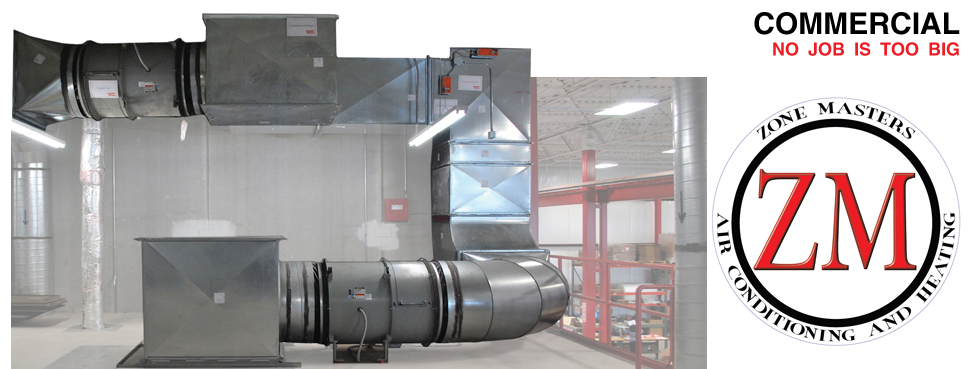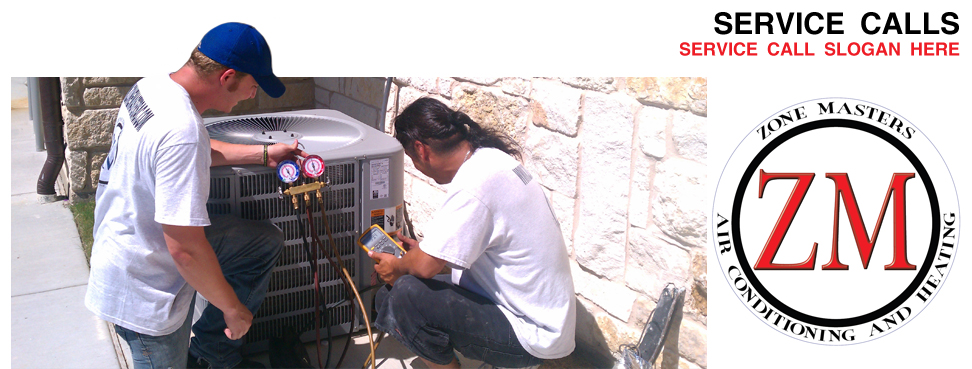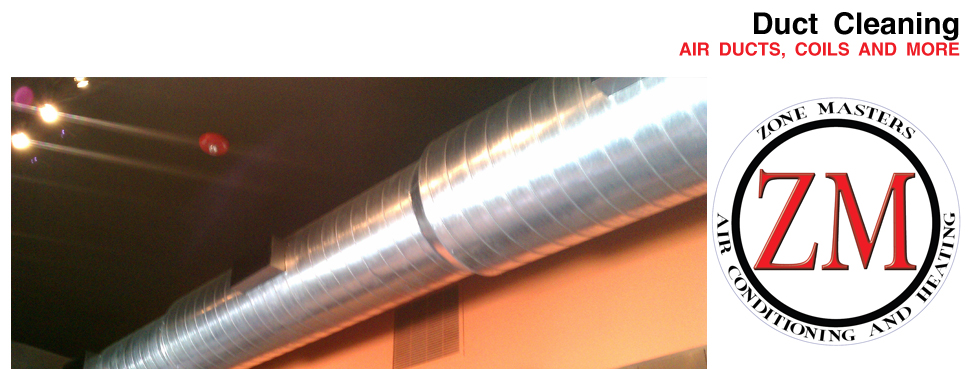|
Insoluation
Foam insulation
- Foam home insulation is typically several times more expensive than fiberglass, cellulous, or rock wool. Foam is about 10% of the home insulation market.
- Foam can be the best energy conservation choice in extreme climates. It can provide a very high energy efficiency value (R Factor) in a limited space.
- Spray foam insulation is excellent for sealing cracks, holes, seams, etc. and eliminating air leaks.
- Foam can be sprayed as a retrofit on attic interiors and under floors.
- Insulation contractors can use foam to retrofit walls. Insulation installation is done by pumping the foam into wall cavities through small holes.
- A wide range of foam insulation products are available. Most are made from petroleum, but some now have a substantial percentage of soy ingredients. Long-term toxic emissions may be an issue for some products.
Blow In (Cellulous) insulation
- Cellulous home insulation claims to be "the greenest of the green" and is now about 10% of home insulation market.
- Cellulous has a high energy efficiency in its manufacture because it made from recycled newsprint and other paper.
- ellulous home insulation is unattractive to insects and rodents. Major termite and pest control companies install cellulous home insulation to help control common pests. Like fiberglass it can support mold if it stays wet.
- Cellulous is treated with non-toxic and permanent fire retardants. It has a Class A Fire Rating from the National Fire Protection Assn. and is approved by all building codes.
- Cellulous home insulation has outstanding sound dampening qualities. It is much better than fiberglass at reducing airflow leakage.
- Cellulous is comparable in cost to fiberglass.
- Cellulous insulation has about 30% more energy conservation per inch of depth than fiberglass. Limited space is a common problem in achieving consistently good home energy efficiency.
|


|











